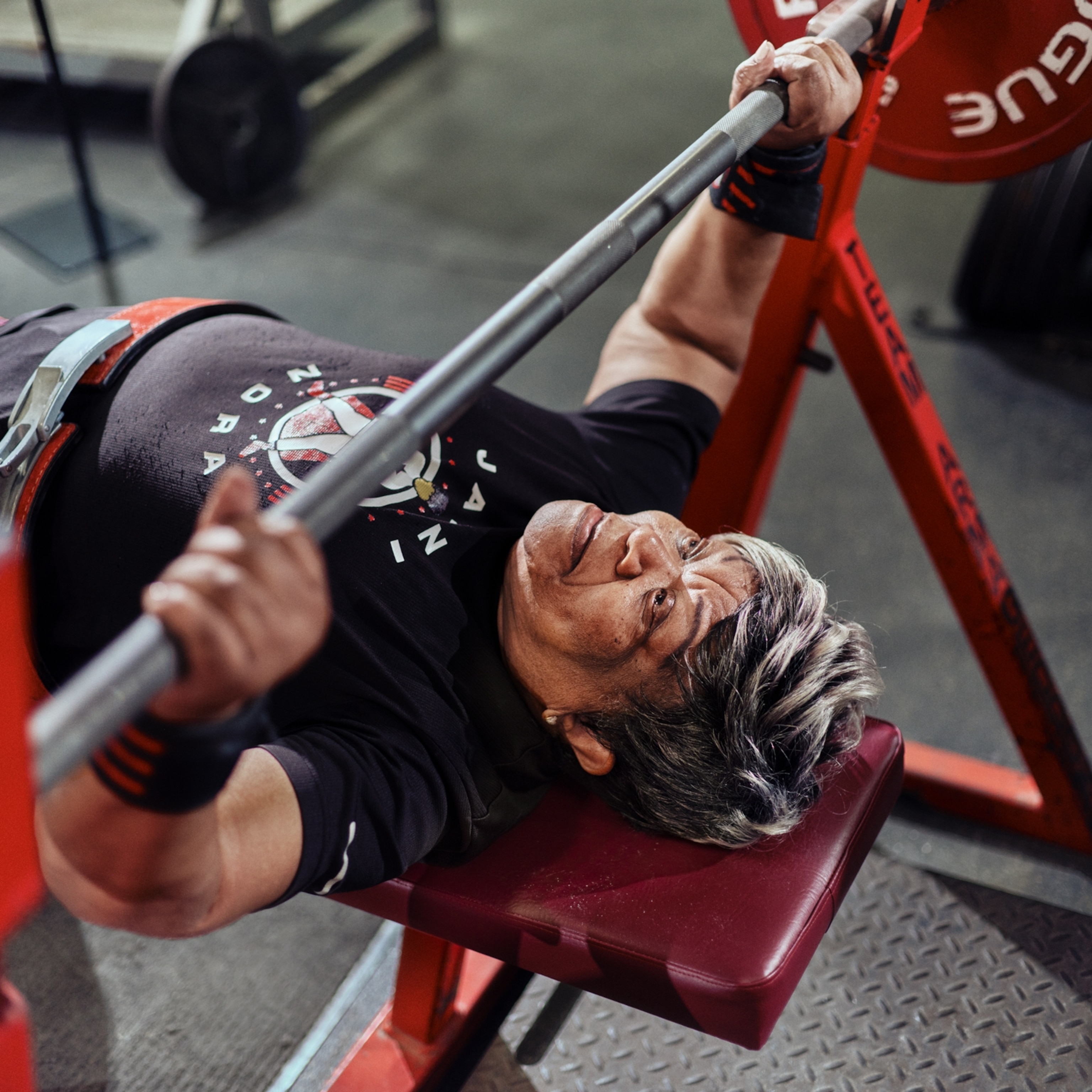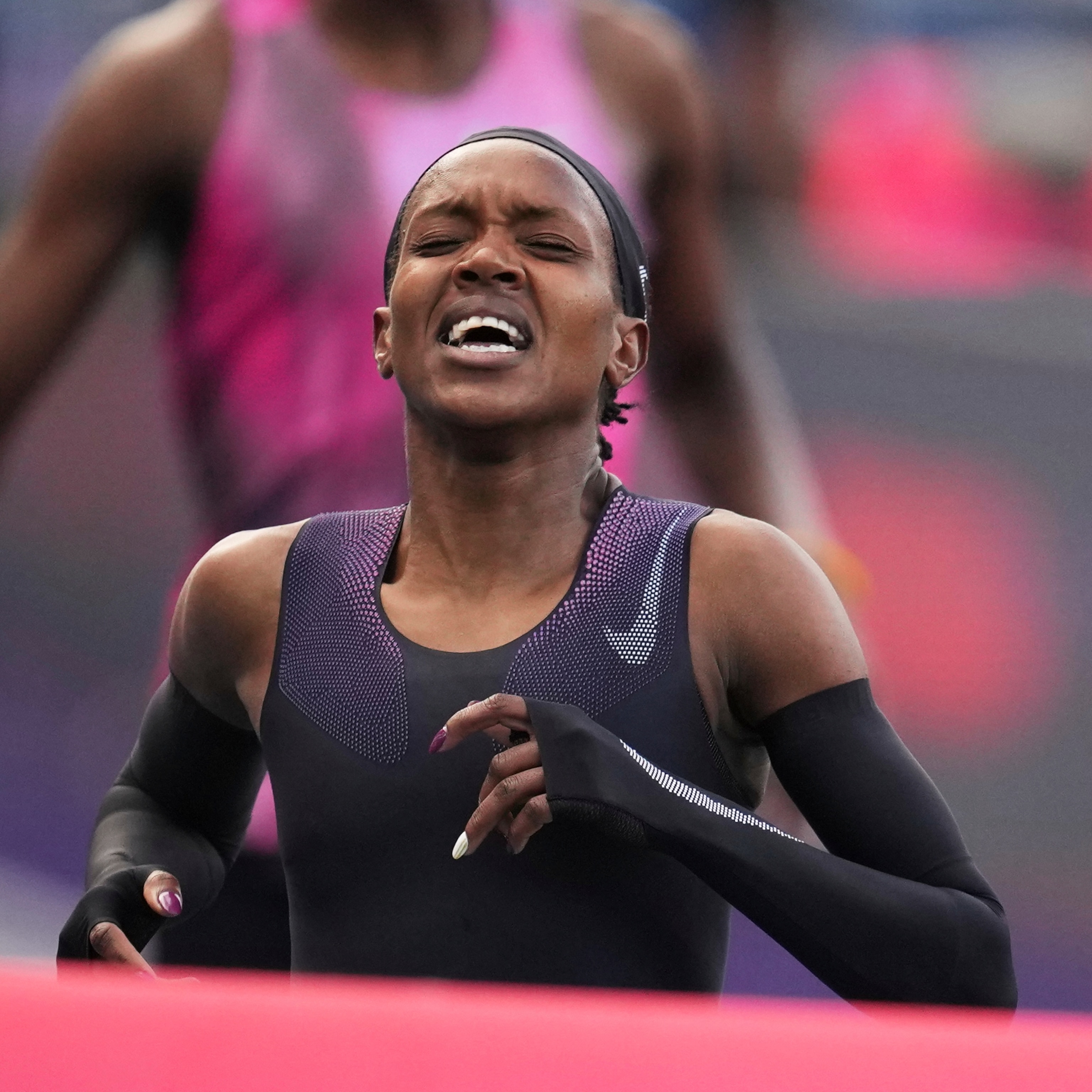
How to Tackle the Triathlon: 6 Swimming Tips
Inspired by the performances in Rio? Take up triathlon with these training tips from world-class Olympians. First up, the swimming segment.
Olympic-distance triathlon—comprising a superfast swim, grueling bike ride, and an exhausting run—is shorter than the well-known Ironman races, but just as demanding. The sport’s popularity has been growing fast among novice and elite athletes alike: Last year, 433,000 USA Triathlon members—65 percent more than in 2005—competed in more than 4,300 USAT-sanctioned events.
Participants say triathlons give them a lot of bang for their buck by serving up full-body training and a massive workout on race day, no matter the length of the race. And the feeling of accomplishment can be addicting.
“I didn’t realize I’d enjoy it as much as I did,” says 33-year-old Megan Rheel, a novice triathlete from Boulder, Colorado. Reehl says she got into the sport to push herself athletically. “It’s easy for me to get bored doing one activity all the time. I really enjoyed training because of the variety. And meeting new people with similar interests was great.”
An Olympic-level triathlon involves a 0.93-mile (1.5-kilometer) swim, 24.8-mile (40-kilometer) bike ride, and 6.2-mile (10-kilometer) run toward the finish line. The sport debuted at the Summer Olympics in Sydney, Australia, in 2000. In the 2016 Olympic Games in Rio de Janeiro, American triathlete Gwen Jorgensen is favored to win the women’s event on August 18, while experts predict a contest between Spain’s Mario Mola and British stars Alistair and Jonny Brownlee in the men’s event August 16. But no matter who takes home gold, the triathlon promises to be a full-on speed-fest, with every second—including the transitions between swim and bike, and bike and run—critical to a race’s outcome.
Triathlon can also be an exciting trial for amateur athletes at all skill levels, says Lindsay Wyskowski, communications manager for USA Triathlon, the national governing body of the sport.
“Triathlon has continued to be a popular activity because it’s an attainable challenge for people," she says. "People want to go out and accomplish something athletic, and a triathlon is the perfect fit. For newcomers, it’s usually the opportunity to check off a bucket list item, but no matter how long someone’s been in the sport, it’s an excellent, healthy way to challenge yourself."
National Geographic Adventure caught up with former Olympic triathletes for a four-part series on getting the most out of your own training plan. First up: Laura Bennett, a 2008 and 2012 Olympic triathlete, says “swimming is most technical of the three disciplines,” but because it involves the shortest distance, it’s also the least important compared to the cycling and running portions—good news for budding triathletes who are new to swimming.
Bennett, who’s a master at all three segments but comes from a swimming background, breaks down the swim portion and suggests ways to hone your own performance.
1. Grab Your Gear
Unless the water is warmer than 78°F, wet suits are legal—and make you swim faster, due to their flotation and reduced drag—in triathlons. “Find one that gives you plenty of flexibility in the arm reach,” advises Bennett. “If sleeveless feels more comfortable, then go with it.” Your goggles should offer good peripheral vision for spotting course buoys and competitors alongside you. “Go with the best visual advantage you can,” says Bennett.
2. Use Tools
To improve your power in the water as you train, Bennett recommends using a pull buoy, a peanut-shaped foam tool that you grip between your thighs so your legs float, as if in a buoyant wet suit. As you hold the pull buoy with your legs, you’re forced to use just your arms to swim forward, which strengthens your stroke. And to improve your kick, do part of your workout kicking, but on your side with an arm out in front of you. This position helps you find balance on your side while strengthening your kick. Using both of these drills helps you hone better form, focusing on just arms or just legs one at a time.
3. Engage Your Core
The added buoyancy of a wet suit or pull buoy will encourage your core muscles to slack off a bit. If your core is too lax while swimming, you overuse your upper body muscles and slow down your pace. Bennett suggests making sure your abdominal and lower back muscles are engaged and working with every stroke. “You’ll need a strong core to rotate your body in a wet suit for speed, and you should be using your core to get the most out of every rotation,” she says. Moving through the water is quicker on your side than on your belly, so rotation is key. “Plus,” adds Bennett, “your core helps stabilize your body in the water for good body position.”
4. Keep Your Head Up
Bennett says that swimming straight in the open water can be very difficult if you don’t practice “sighting”—spotting course buoys or landmarks that keep you on track—in training. "It is important to keep good body position in order to not lose too much speed," she says. "Having a strong front-end part of your stroke and strong core will help you to counter your hips’ tendency to drop. Make it as quick a head lift as possible—trying just to get your eyes out of the water instead of your whole head or chest—without a breath." She advises getting an idea of the course beforehand so you can visualize placements of markers, and so you don’t have to stop mid-swim on race day to look around.
- National Geographic Expeditions
5. Practice Breathing
Some swimmers say “bilateral breathing”—taking a breath by turning left or right every three strokes—offers a better line of sight during a race. But Bennett says you should stick with what you know. If breathing to one side is what you’re used to, then that’s what will give you a good swimming rhythm on race day. “The better rhythm you have, the more efficient you will be, and the faster you’ll go,” she says.
6. Know the Course
Memorize the course down to the position of buoys and turns, and determine if the swim is one lap or more. Make sure you look at the map and visualize the direction and turns you’ll be making while swimming. And on race day, stand on the water’s edge before your race and get a good look at the buoys. “Know how many buoys there are so you can stay on track,” says Bennett.
Next week, look for cycling tips in part two of this series.







